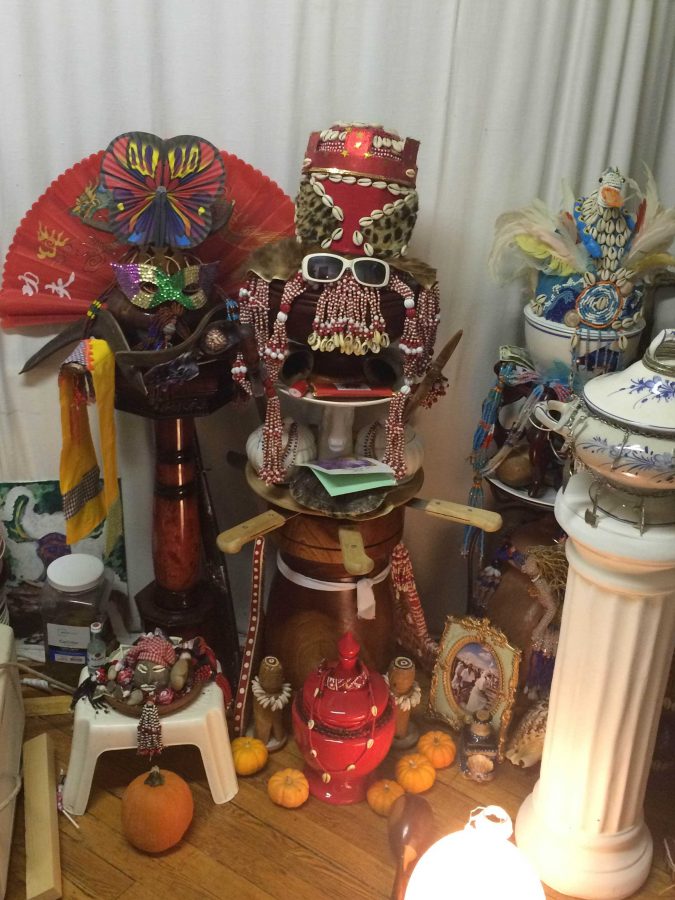By Chinedum Emelumba—
It wouldn’t be so far-fetched to say that in the fashion industry, artists very often look to previous eras for inspiration and ideas to implement into their present crafts.  For some odd reason, we find joy in reaching into the past and reinventing various intricate details of history in the present. It is no wonder that resale shops, such as vintage boutiques and thrift shops, have evolved from underestimated charity houses to mainstream hot shopping spots. For those who are unfamiliar with resale shops, it can be quite confusing to differentiate between thrift shops and vintage boutiques. While the idea of selling used, hand- me- downs still applies to both business, there are subtle differences that set them apart.
For some odd reason, we find joy in reaching into the past and reinventing various intricate details of history in the present. It is no wonder that resale shops, such as vintage boutiques and thrift shops, have evolved from underestimated charity houses to mainstream hot shopping spots. For those who are unfamiliar with resale shops, it can be quite confusing to differentiate between thrift shops and vintage boutiques. While the idea of selling used, hand- me- downs still applies to both business, there are subtle differences that set them apart.
In an article titled, The Refined Pursuit, writer Veronica dishes on the particular details and descriptions that differentiate a thrift shop from a vintage shop, and a vintage shop from a resale shop. When asked by a customer how thrift shops operate, as far as the process of gaining and selling merchandise, Veronica provided extremely useful information. “Thrift shops accept donated items, so they are not discerning,” she stated. “Thrift shops will provide people who donate a tax deductible receipt, as most of them benefit a cause or community program,” she added.
By definition, non-profit organizations are businesses that normally utilize the monetary gains obtained by customers to thrive, rather than dispensing it as profit. This is the general concept that thrift shops base their businesses on. Essentially, thrift shops exist to cater to charity, as they have been since the emergence of the very first thrift shop back in the 1940’s.
For those consumers who are still not convinced of the large difference between the business of a thrift shop and that of a vintage shop, perhaps the following information may help. In the same article, The Refined Pursuit, writer Veronica points out that resale shops, also known as vintage shops, are basically stores that “buy their merchandise outright from individual owners.” She points out that a thrift shops have the potential to be resale/vintage shops, if and only if, “a store actually cosigns their inventory.” “A store can only be considered a thrift shop, ONLY if it is run by a non-profit organization,” she added.
Kate V, avid thrift shopper, stated that based on her perspective, “thrift store clothing has no age requirements and it can be in whatever condition that it was donated or bought for.” “Vintage clothing is usually higher quality, has had less use, and is more exclusive and more durable,” she asserted.
Thrift shops and resale shops have evolved from what they used to be several decades ago. But, the one thing that they have in common nowadays is that both businesses have managed to attract thousands of fashion-conscious consumers. The poor quandary of the economy has also been somewhat of a driving factor in propelling people to turn to these resale shops. Whatever the case maybe, shoppers are increasingly finding themselves benefiting from the prices of both thrift shops and vintage shops, while maintaining their individual style preferences.
See more stories by Chinedum Joan Charity Emelumba “A Thrifty Flee from Assimilation”




